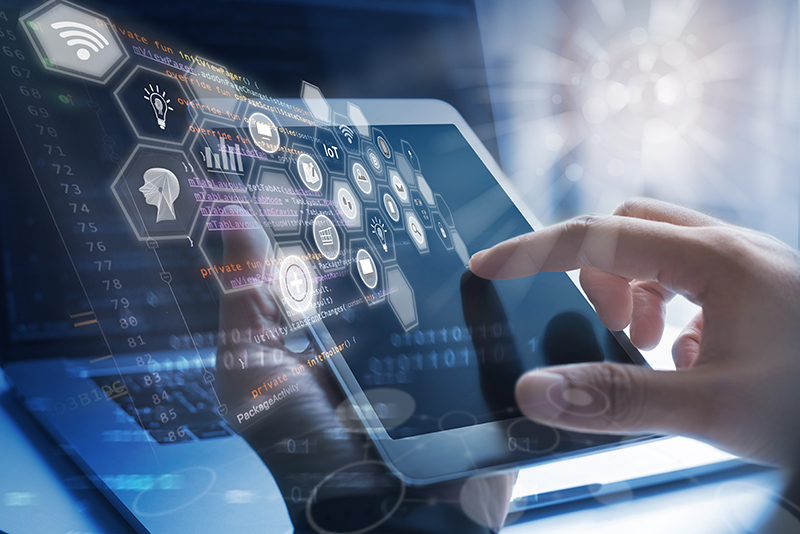The field of cybersecurity is particularly active right now, as organizations worldwide seek to protect their sensitive data in a digital environment. Cybercriminals, on the other hand, are developing new ways to compromise companies and find their vulnerabilities. That is why security software developers need to follow recent trends in cybersecurity and implement only useful and up-to-date security methods in their products.
Securing Remote Work
The culture of remote working has reached a new level due to the forced global self-isolation due to the advent of Covid-19, so organizations have had to change their usual business model to meet the new norms of remote working. However, these changes led to a host of security breaches, and attackers took advantage of this, leading to a slew of data breaches during the pandemic. These events were caused by companies failing to adequately implement security policies and strengthen the security of remote devices.
Organizations have focused on administering controls that keep data secure and respond quickly to small work incidents to combat this. Companies are also taking a zero-trust approach to sensitive data and actively training employees on remote work security so that human error is not an issue.
Personal security
New cybersecurity trends emphasize recognizing a user’s identity rather than simply authenticating an account by entering login credentials because, as the practice has repeatedly shown, it’s easy for an attacker to compromise that data. Identity Awareness also uses detection and identity response mechanisms to identify user profiles that have been compromised and used to initiate attacks. This feature helps security systems better cope with persistent threats.
Current security trends focus on a broader spectrum of identity verification, which includes session management and threat modeling to protect resources. Multifactor authentication and single sign-on are some of the most commonly used features that serve this purpose.
Ransomware attacks
Most of the causes of data breaches happened because of financial motives. With ransomware, attackers deployed malware that hijacked important data and ransomed it in exchange. These programs typically target programs that store large amounts of sensitive information. The cybersecurity field continues to grapple with this problem and improve its exploits with AI, machine learning, and cryptocurrencies.
GDPR security license compliance
Because of the many cyberattacks that expose customer and company information, the government has enacted international data privacy laws such as the GDPR.
Failure to comply with these laws can promise companies to be held legally liable, so they try to hire security officers to help the company comply with these security regulations. To enhance the protection of their data, companies employ encryption features, role-based access, multifactor authentication, and network segmentation.
The main requirements of the GDPR include:
- The presence of a transparent method of processing data
- Validation of data protection policies
- Validation of effective user rights
- Presence of Data Protection Officers
- Providing corporate training on data protection
One of the best solutions for data security is the virtual data room for business. Data room systems have implemented the latest cybersecurity trends, which means they are prepared to withstand today’s threats. VDRs have security certifications like GDPR and offer state-of-the-art login and document access protection features. In addition, they use encryption methods, multifactor authentication, single sign-on, watermarks, and role-based access, providing your sensitive information with multiple layers of protection.

